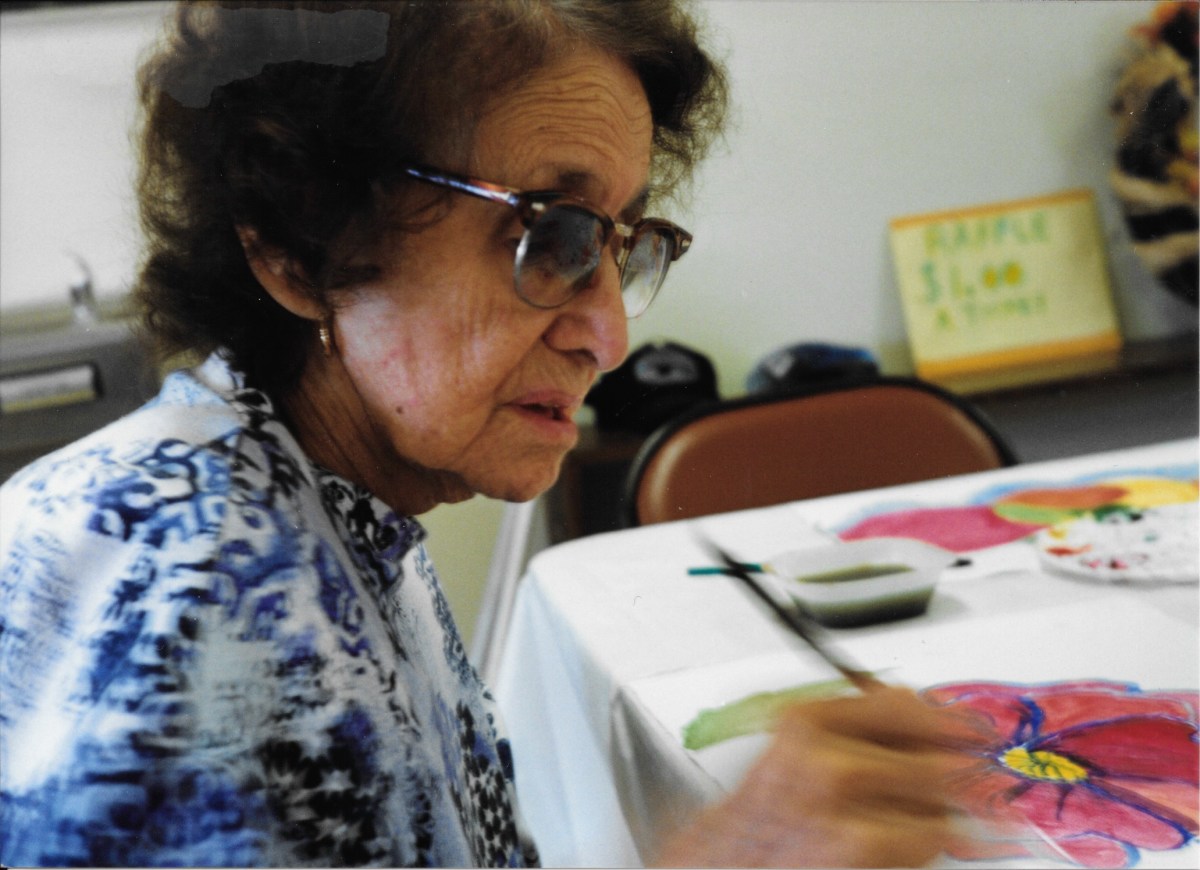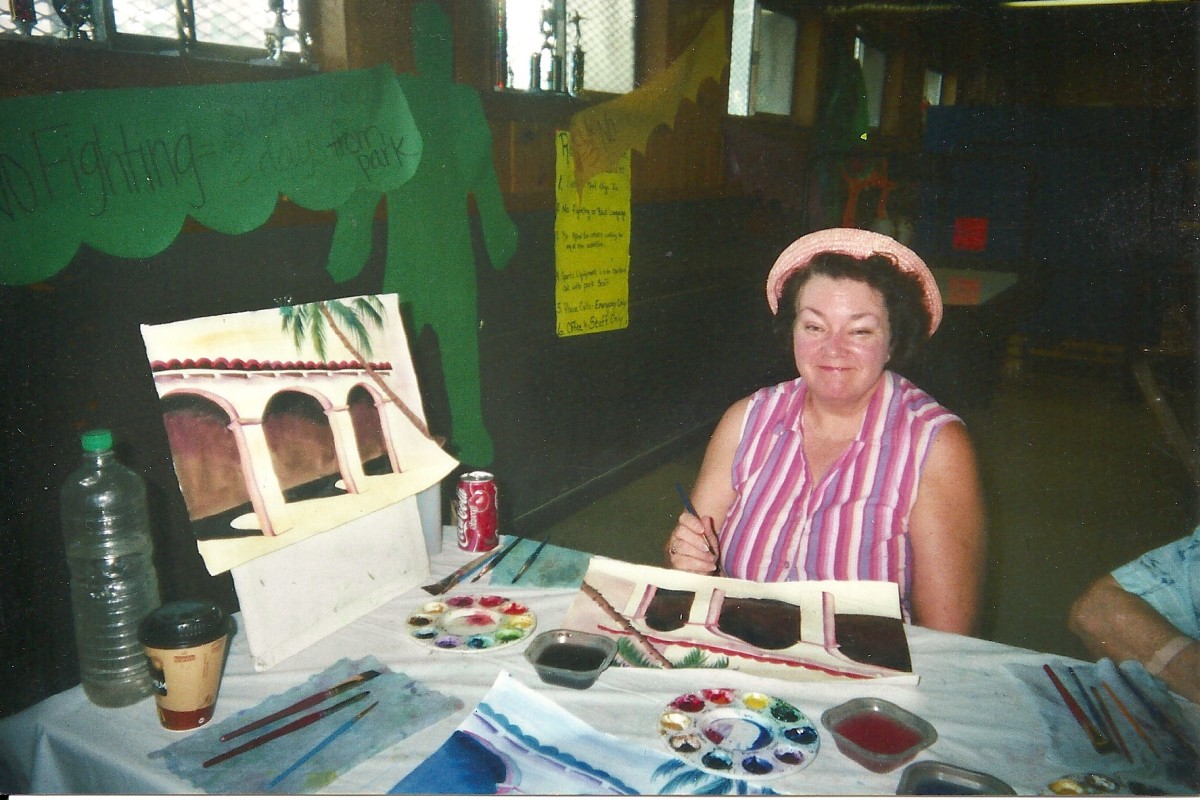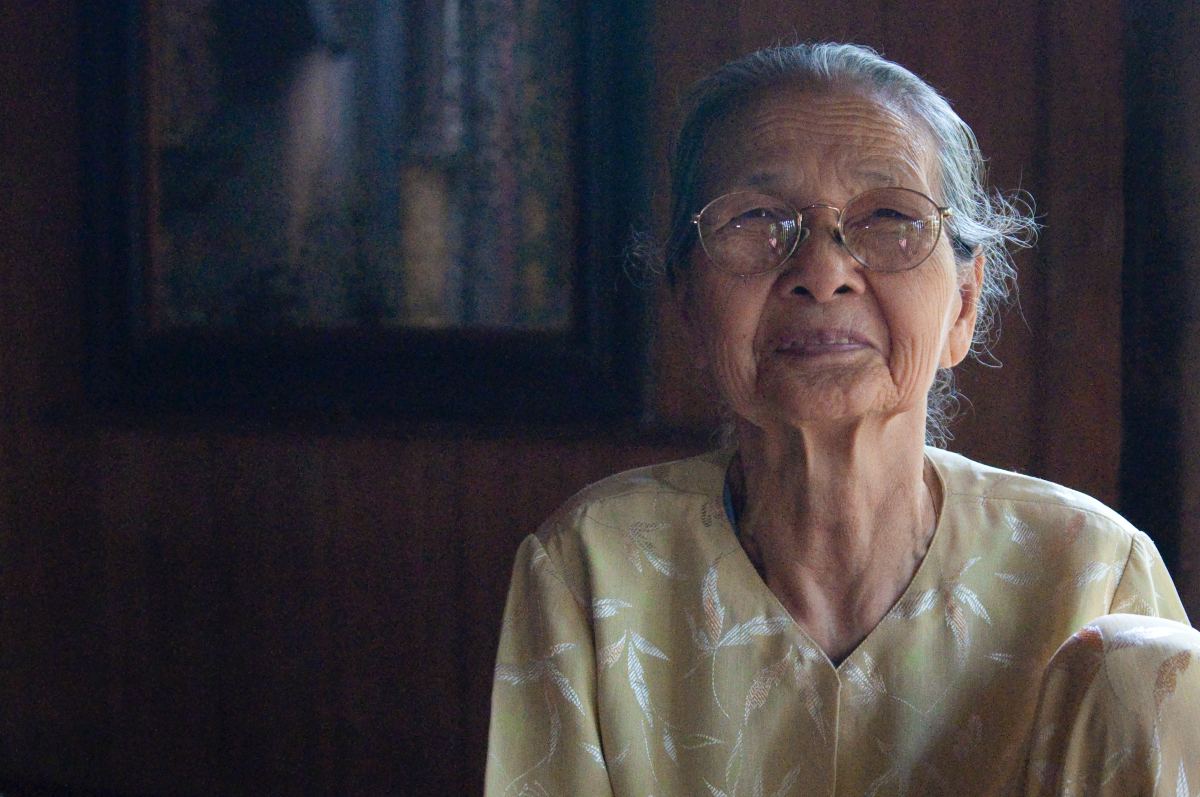Therapeutic Art for Senior Citizens Q and A
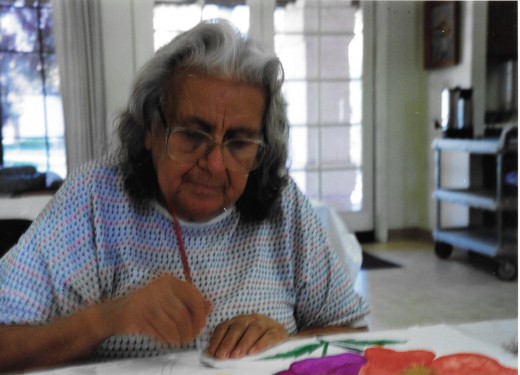
Sharing Watercolor With the Elderly
A few years back I wrote about my experience teaching a watercolor art class to the senior citizens in my town. It was a very popular article and prompted much discussion. After many years I am still getting questions from people wanting to know more about the benefits of sharing art and painting with the elderly in their community. There are so many that I thought I would share some of the most asked questions and my answers here.
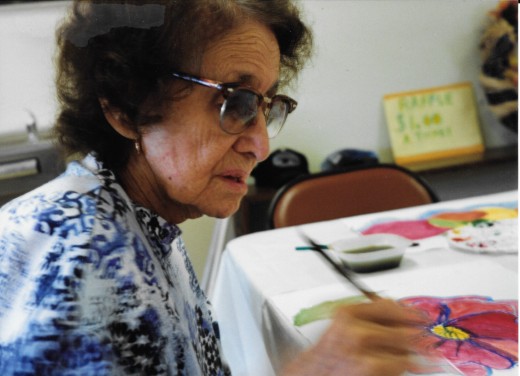
Who Pays?
Basically, it is one of those things where you need to find a sponsor. Because the elderly usually are on a fixed income and can't afford to pay for the services they need most. I started by calling summer programs like the local adult school or retirement places. When I got nowhere with those I tried the city Parks and Recreation department. They gave me a run around for many days... each department saying they didn't have anything/openings right now but try so-in-so... until I came on a program called Senior Hot Meals. They serve free/ low-cost lunches to the seniors year round at several gathering/Senior sites around town. I thought she was talking about hiring me to serve the lunch and was about to hang up when she said that before lunch she wanted to implement things for the seniors to do while they wait. She had talked to yoga instructors, dance instructors and lifeguards for swimming. She said she would ask the seniors if they were interested and get back to me. Usually, that means you'll never hear from them again but she was serious. Two weeks later she called back and wanted a budget and see my portfolio. She loved my pitch and budget and hired me on the spot. The city program paid for the supplies and an hourly wage for me to go to 10 sites per week before lunchtime. I thought it would be something that would last maybe 6 months or a year... and 14 years later I was still traveling from site to site painting with these lovely people.
My articles above tell how I drew the papers ahead of time because mostly the seniors didn't want to learn how to draw, they just wanted to paint. So we all started with the same drawing and I gave step-by-step directions to end up with a finished painting in one hour. Of course, it had to be sort of small and little detail, but that's what their hands and eyesight could handle best anyway.
I feel sure every town has an arts council or Parks and Recreation department you can check with. Once you have someone picking up the bill, you can breathe easier supplying a need the seniors can't really pay for.
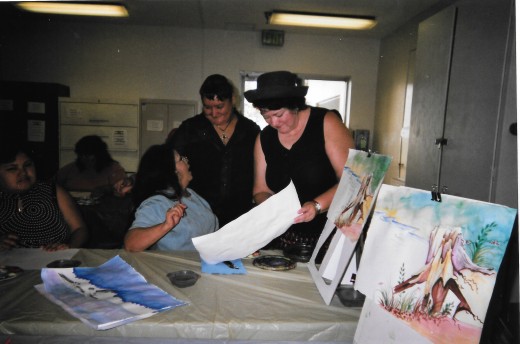
Questions About The Stencils
1. How did you use the stencil? How did you get the picture into the paper? I must be really dense!
2. What size paper did you use?
3. This is a corker- how would you respond to an activity director who says "oh so this is just like coloring in a coloring book but using watercolor?"
Answer:
I was buying 80 lb parent sheets from the paper company and they come in 35" x 23" sheets. I would tear the paper into four pieces each measuring about 11.5" by 17.5". That's not very standard really but it works for the seniors. It isn't so small that they have trouble seeing it and isn't so big that they usually can finish it in a little over an hour. The Classic Laid (brand name) parent sheets in natural white aren't archival quality but more like a student grade paper that works well for the amateur and only costs about 80 cents per sheet. I felt like that was affordable.
I started by creating a painting that only took me 15 to 20 minutes. I figured if I could paint it in 15 minutes then the seniors might be able to finish it in an hour (wink, wink). Sometimes I was having so much fun painting that I looked up at the clock and found I spent almost an hour on a picture... which would never work for the seniors. Obviously too many details. So I would have to start over making it more simple.
Once I had an acceptable sample, I traced it onto a piece of drawing paper using a lightbox. Then I cut the stencil from the drawing paper myself using a Xacto knife. I only cut out the lines so I can draw each paper with a pencil through the openings in my stencil.
A lot of people asked why I didn't just photocopy the drawing onto the paper. Two reasons: 1: the paper is too large and too thick and 2: the printer ink is water-based. the moment you touch it with water it runs and bleeds. That won't make a nice painting with grey/black streaks through it. Stencil and pencil was the best method.
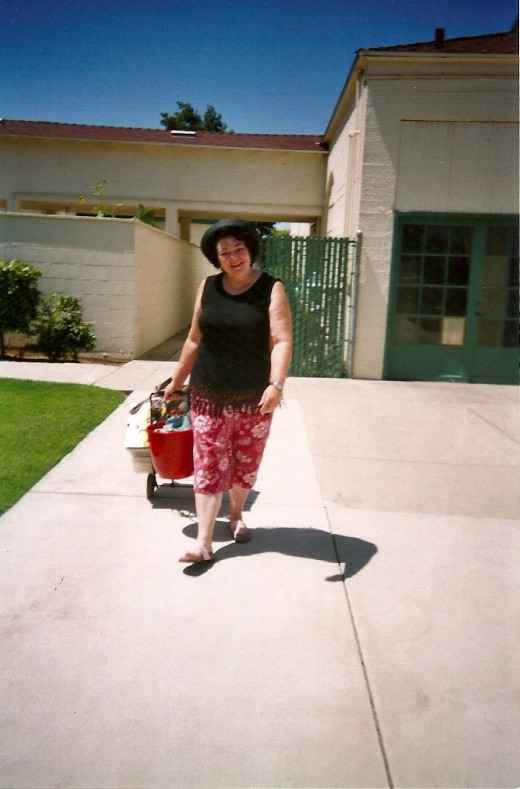
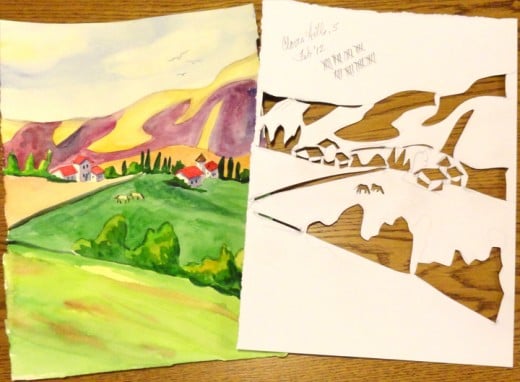
You Can't Call This Art Therapy
Comment:
This is phenomenal work you do but as a Master's level, Board-Certified Art Therapist with thousands of hours of supervision and extensive training, I ask on behalf of all trained Art Therapists that you call your work something else. It's misleading. Art Therapists are also trained as mental health professionals. We don't own art and you hit the nail on the head that art is tremendously healing. You offer a great gift, I'm not denying that. Maybe call it therapeutic art? Something else, please.
Answer:
Your point is well taken. Although I also have a Master's level training, it is in art and not mental health. I have great respect for mental health professionals and in no way would I want to be offensive to you or your title. I want to say that I never called myself an Art Therapist. THAT would be misleading. However, I still feel my beneficial art classes were and are therapy. I understand that laymen are taught to be therapists all the time and run therapeutic events. That is all I was doing. Not holding mental health conferences, but offering the benefits of art to my elderly community. Also, I have to say that until I came along there were NO art therapist classes available for the elderly in my city and I still don’t see anything for them along those lines. I was filling a need and hoping by my writings to encourage others to come along in my wake and take up the gauntlet I leave behind to help the elderly with the healing nature of art. Still, I will in future call my beneficial art classes therapeutic art. It's not a bad suggestion.
Have you ever taken an art class? Did you enjoy the process?
Closing Thoughts
I actually hate that so many wait all their lives to be able to pick up a brush and enjoy art again. One senior told me he hadn’t painted since he was in kindergarten. Isn’t that sad? Still, my hope is that more artists will come forward and offer the therapeutic benefits of art to the elderly who so richly deserve and desire it.

